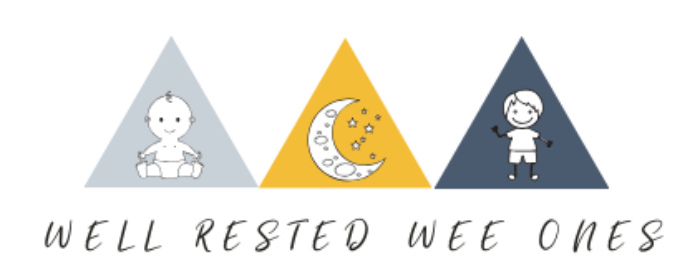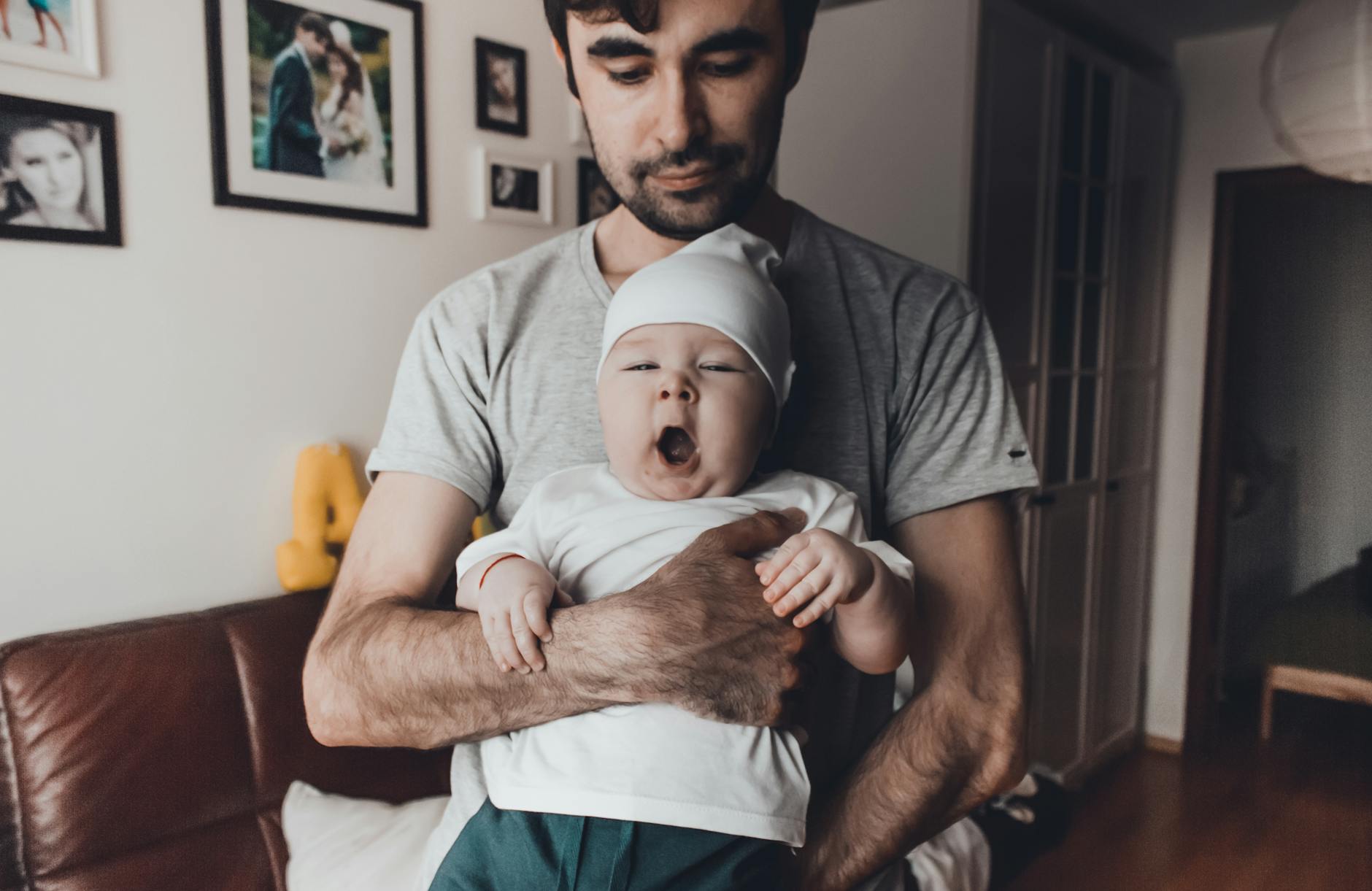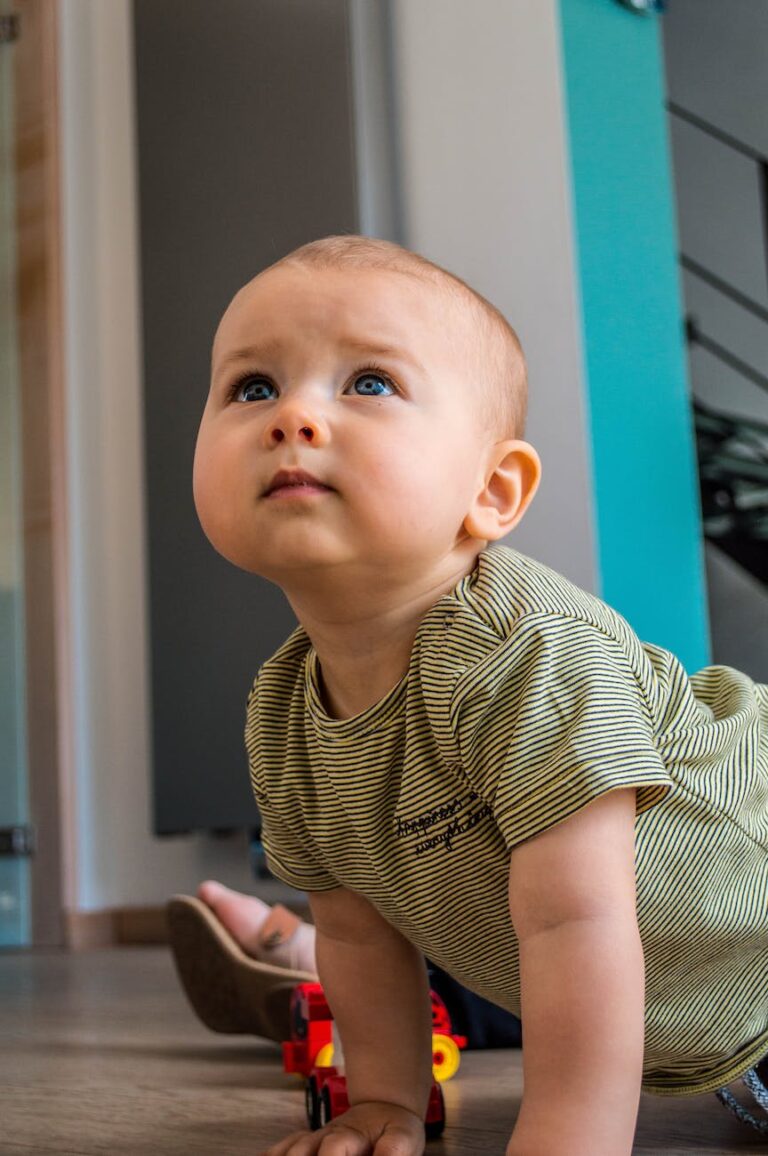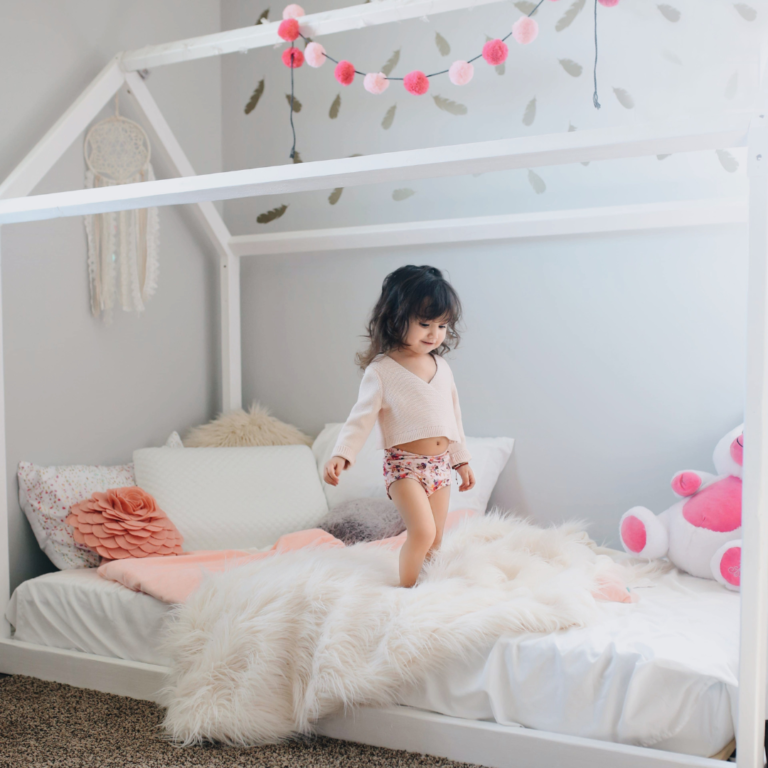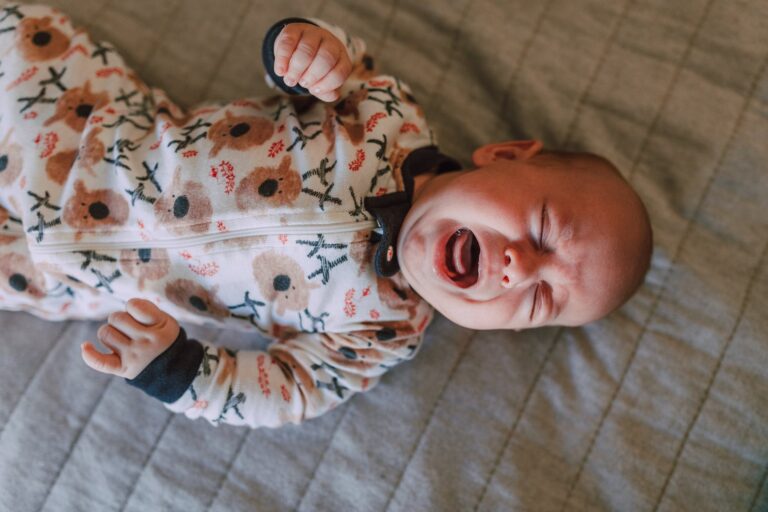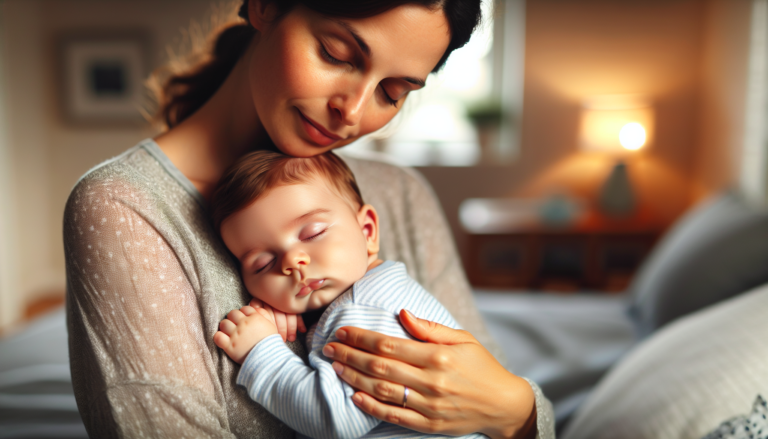The transition from drowsy but awake: A guide to independent sleep
drowsy but awake
Are you tired of endless nights spent soothing your little one to sleep, only to find yourself back at square one the moment they stir awake? You’re not alone.
Many parents find themselves trapped in the cycle of drowsy but awake, wondering why this once-miraculous technique seems to lose its magic as their baby grows.
But fear not—we’re here to shed light on the science behind this phenomenon and guide you toward a solution that promises restful nights for both you and your baby.
Helping your baby become drowsy is helpful during the newborn stages when they fall into a much deeper sleep and stay asleep, but around 3-4 months is when we recommend teaching independent sleep skills and preventing drowsiness at bedtime.
Why drowsy but awake can work for your newborn
In the blissful bubble of newbornhood, the drowsy but awake method can work wonders. Newborns are more easily soothed into a deep slumber, making it possible for them to drift off peacefully when placed in their crib while still drowsy.
This is because your newborn has two cycles of sleep. Deep Sleep and Active Sleep. Your newborn falls into a deep sleep shortly after they fall asleep which is why getting them to a drowsy state can be effective to help them drift off to slumber. Learn more in my newborn sleep and feeding guide!
However, as your baby grows and their sleep patterns evolve, this association may lose its effectiveness, leading to frustration and exhaustion for both parent and child.
the science behind why drowsy might not be working as your baby grows
At 3-4 months, a significant transformation occurs in your baby’s sleep patterns, often coinciding with the notorious 4-month sleep regression. This period marks a rapid development in your baby’s brain maturation, impacting every aspect of their sleep. Your baby now goes into a lighter stage of sleep as they initially fall asleep making it harder to find the sweet spot to transfer them without waking up.
What once worked like a charm may now result in frequent awakenings and the need for constant parental intervention. This shift highlights the importance of understanding parent-led sleep associations and the role they play in your baby’s sleep habits
How they are put to sleep becomes a crucial factor in determining how they navigate sleep cycles. This is where the transition from drowsy but awake to independent sleep plays a pivotal role in your baby’s ability to sleep through the night and taking longer naps.
what exactly are parent led sleep associations?
Parent-led sleep associations encompass any external factors, such as feeding, rocking, or holding, that your baby relies on to fall asleep.
While these may provide temporary comfort, they can hinder your baby’s ability to self-soothe and lead to sleep disruptions down the line.
the drowsy but awake dilemma
Supporting your baby to a state of drowsiness becomes almost indistinguishable from putting them to sleep.
As their brain matures, they develop a dependence on external cues to return to that drowsy state after every sleep cycle. Whether it’s feeding, rocking, or holding to drowsy, their brain starts to expect this parental led sleep association.
This cycle can lead to more tears from your baby as they wake up and cry when you try to transfer to them to the crib or bassinet at bedtime, overnight, and naps resulting in you having to repeat the process all over again.
This cycle of dependency can quickly become exhausting for both the baby and the parents, leading to a continuous need for parental intervention throughout the night.
the new routine: from drowsy to independent sleep
To make this transition smoother, it’s crucial to establish a new bedtime routine tailored to independent sleep. This takes time, practice, and consistency for your baby to learn.
- Begin with feeding with the lights on at the beginning of the routine to prevent drowsiness.
- Separate feeding from the sleep process by incorporating a book and introducing a sleep sack.
- Singing one comforting song before laying the baby down awake in the crib creates a positive association with sleep independently.
- End the routine with an I Love You Ritual such as walking around the room and saying goodnight to pictures on the wall and giving each other hugs and kisses! This will keep them awake and is a ritual both babies and toddlers look forward to
The Well Rested sleep course teaches you how to implement these steps and what to do after you lay your baby in the crib AWAKE!
The golden period for cultivating independent sleep skills
While there’s no magic age for teaching independent sleep, the 3-6 month window is often considered the golden period.
During this time, your baby is fast to adapt and more receptive to change, making it an ideal opportunity to establish healthy sleep habits. You also haven’t entered the developmental stage of teething and separation anxiety.
benefits of independent sleep
Teaching your baby independent sleep skills offers numerous benefits:
- Self-Soothing: Babies learn to self-soothe, gaining the ability to settle themselves back to sleep without relying on external support.
- Sleep Cycle Connection: Independent sleep aids babies in connecting sleep cycles seamlessly, reducing nighttime wake-ups and promoting more extended periods of rest both overnight and naps.
- Predictability: Establishing a routine for independent sleep creates a sense of predictability, providing comfort and security for your baby.
- Restorative Sleep: Independent sleep contributes to more restorative sleep, ensuring that your baby gets the quality rest needed for healthy development.
why independent sleep is so important
The need to sleep is biological, but the way we sleep is learned. As your baby’s sleep patterns evolve, the transition from drowsy but awake to independent sleep becomes a vital step in fostering a healthy sleep routine for your little one. It’s never too early to start and it’s never too late!
Babies are extremely resilient and learn by repetition and having a loving supportive caregiver guide them through the learning process.
Embracing this change not only benefits the baby by promoting self-soothing and restorative sleep but also provides much-needed relief for parents.
By understanding the science behind this shift and implementing a new bedtime routine, you set the stage for a more peaceful and restful sleep experience for the entire family.
Sleep resources to help your family
If feeding, rocking, or holding to drowsy or asleep is no longer effective for your baby or your family…I have a class for you! The 4-24 Month Well Rested Collection will walk you step-by-step through a completely customizable sleep training experience. In just a few weeks, your baby will be falling asleep independently, getting 11-12 hours of independent night sleep, AND you’ll have a plan to navigate any future regressions or bumps in your journey. I’ll also help you set up a daytime routine and nap schedule that fits your family’s lifestyle and values. And you’ll get age-specific guidance to meet your baby right where he or she is developmentally at every stage from now until your baby turns 2.
We also offer 1:1 personalized sleep coaching to families including newborn support and sleep training plans starting at 3 months of age up to 4 years!
We have custom sleep plans for families looking for personalized support, guidance, accountability, and feedback.
Please Share this Post with a Mama!
